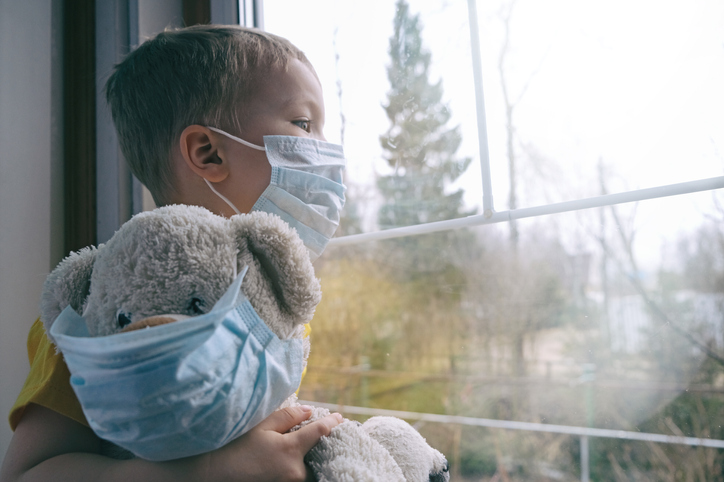
Why are there so many children in care and so many “looked after” children, and why are adoption rates dropping?
Recently the Department for Education released statistics that, as of 31 March 2021, there were 80,850 looked after children. This figure represents an increase of 1% on the 2020 numbers and is an all-time high. The report also confirms that for every 10,000 children in the UK, 67 of those are “looked after” – this is the same portion of children as for 2020, and continues to be the highest recorded.
What does “looked after children” mean?
“Looked after children” are those under the age of 18 who do not live with their parents or family. They may be considered “children in care”, in foster families, or in residential settings or secure units.
Why are the numbers of children in care so high?
The statistics are of course released against a pandemic backdrop, and it is noteworthy that the number of children adopted during the year leading to 31 March 2021 dropped by 18% from the 2020 figure, to 2,870.
The number of adopted children peaked in 2015, but has continued to fall since then and it is queried whether the further reduction in numbers is as a consequence of Covid, given the impact upon the judicial system generally. Many proceedings have been paused, delayed and extended as a knock-on effect of the pandemic, and they continue to be impacted with the use of video hearings across the board. Attended hearings are far from commonplace as society looks to move forward and brave the new Covid world.
It remains to be seen as to how long it might take before “normal” service resumes or indeed if there will be a “new normal”, whereby a great deal of video hearings will remain appropriate for many case management hearings whilst attended hearings are prioritised for those matters where justice cannot be served without face to face interaction and vulnerable parties. The statistics are likely to reflect this and potentially evidence further reductions in the coming years whilst the system recovers and adapts.
There has been commentary from the Association of Directors of Children’s Services on the Department for Education statistics, saying:
“ADCS research shows that the number of children looked after has increased by a third since 2008, while local authorities have faced a 50 per cent reduction in budgets since 2010. Despite the barriers and backlogs caused by the pandemic, we continue to work intensively with children and families to enable them to stay together safely.
Only through long-term national investment in early help can we ensure that children are not taken into care when they could have stayed with their family had their needs been met earlier. The government must provide the sector with a sustainable, equitable and long-term financial settlement that enables children to thrive, not just survive in the wake of the pandemic.”
The statistics in full can be found here.
How we can help
We have a widely skilled team dealing with all aspects of children law, including Public Law and matters involving children being taken into care. We offer legal aid for cases where there is interference by the state in family life and have a wealth of experience in helping families in such circumstances.
If you or your family have been affected by the issues mentioned in this article, then please do not hesitate to get in touch with us to see how our Family team might be able to help you.
